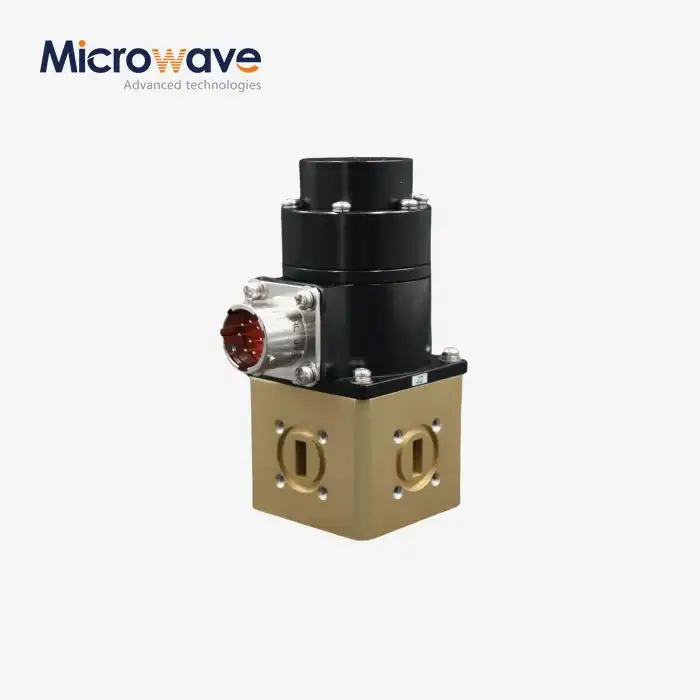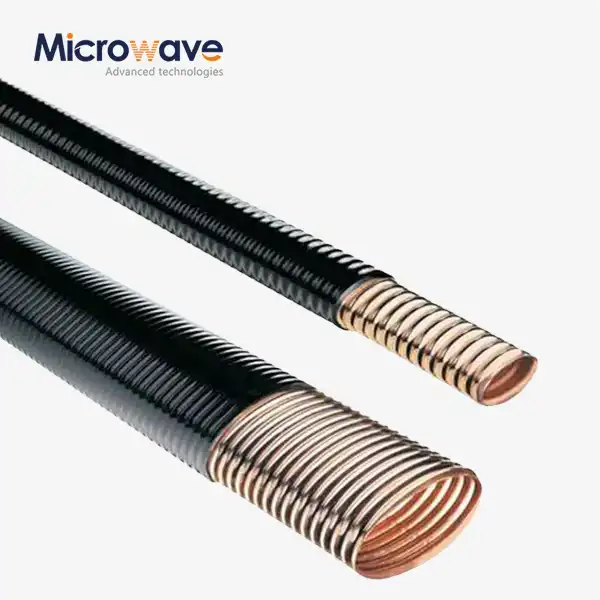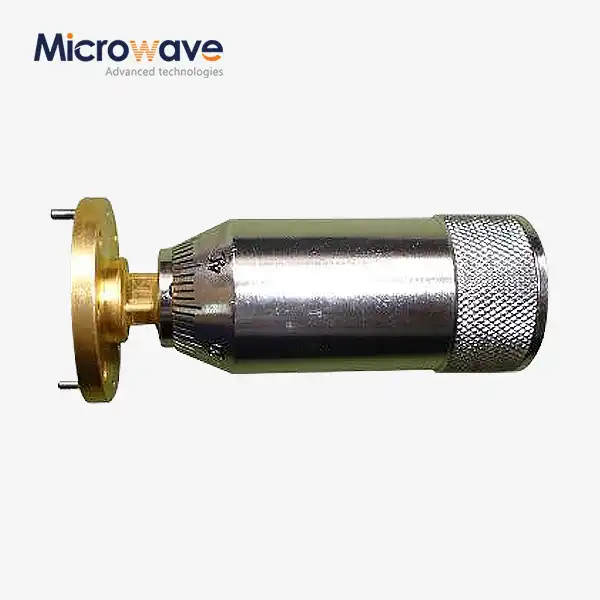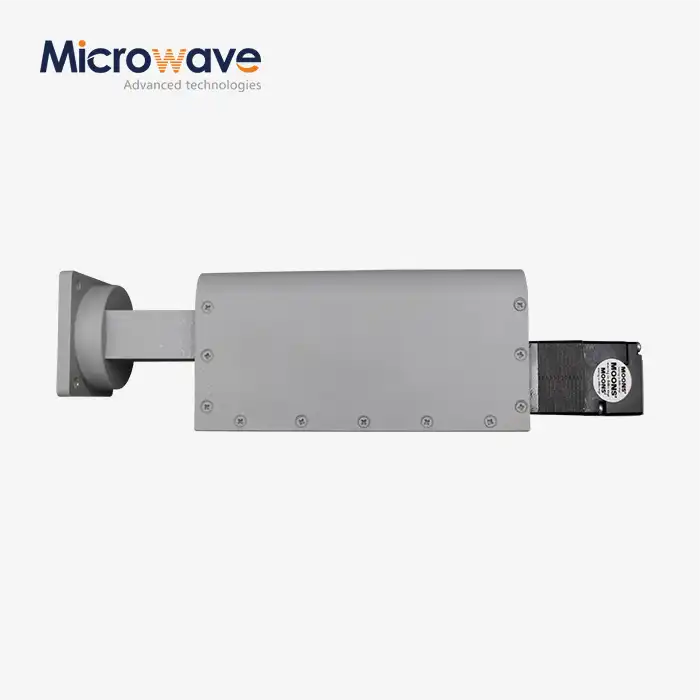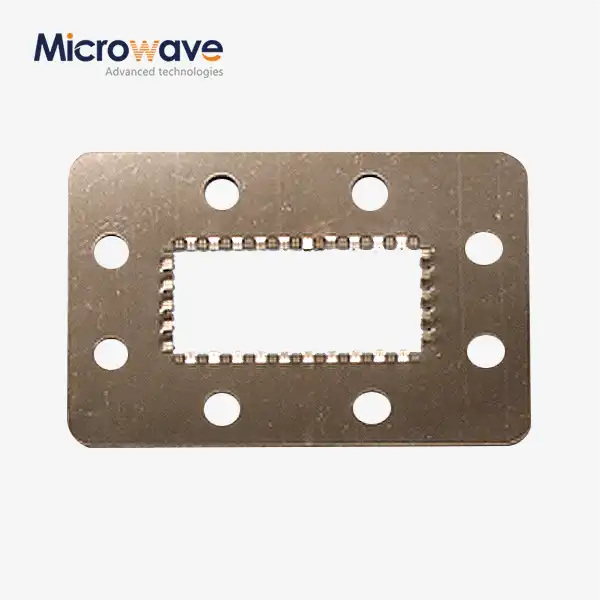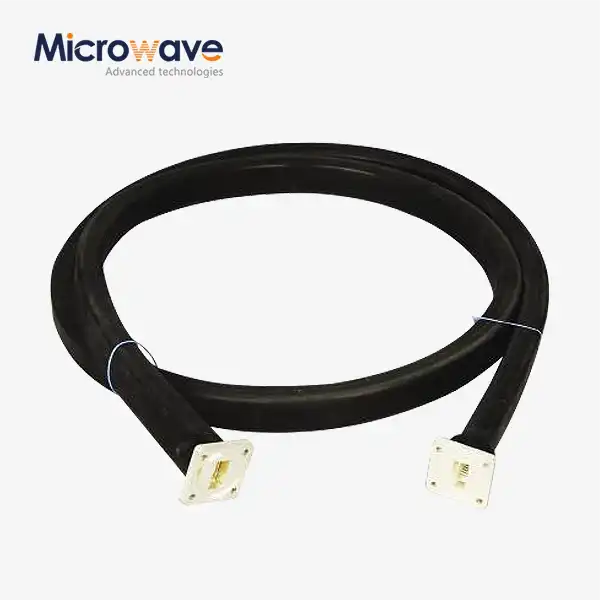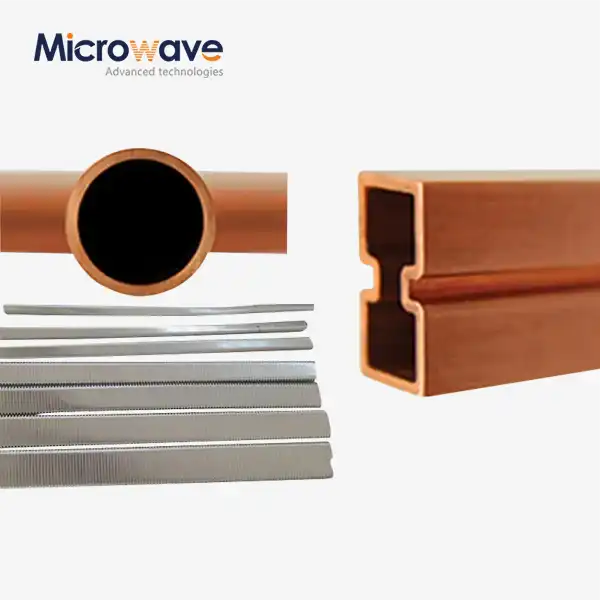How is the cut - off frequency of a waveguide tube?
The cut-off frequency of a waveguide tube represents a fundamental concept in microwave engineering and electromagnetic wave propagation. This critical parameter determines the lowest frequency at which electromagnetic waves can propagate through a waveguide structure, making it essential for designing and implementing effective microwave communication systems. Understanding the cut-off frequency is crucial for engineers and technicians working with waveguide components, as it directly impacts signal transmission efficiency and system performance.
The cut-off frequency of a Waveguide Tube is determined by its physical dimensions and the propagation mode of electromagnetic waves within the structure. For a rectangular waveguide, the cut-off frequency depends primarily on the width of the guide's cross-section, while for circular waveguides, it relates to the diameter. This relationship between physical dimensions and operational frequencies makes waveguides highly versatile components in microwave systems, allowing for precise control over signal propagation characteristics.
Understanding Waveguide Cut-off Frequency Fundamentals
Mathematical Foundation of Cut-off Frequency
In the realm of waveguide technology, the mathematical principles governing cut-off frequency are essential for understanding wave propagation behavior. The Waveguide Tube's cut-off frequency is mathematically expressed through Maxwell's equations and boundary conditions. Advanced Microwave offers a range of high-quality waveguides in standard, thin-wall, and thick-wall thicknesses, ranging in size from WR2300 to WR10, to meet these mathematical requirements. The fundamental equation for rectangular waveguides states that the cut-off frequency (fc) is given by fc = c/2a, where 'c' is the speed of light and 'a' is the larger dimension of the rectangular cross-section. This relationship demonstrates how physical dimensions directly influence the operational frequency range of waveguide systems.
Physical Properties Affecting Cut-off Frequency
The physical characteristics of a Waveguide Tube significantly impact its cut-off frequency behavior. Material properties, surface conductivity, and geometric precision all play crucial roles in determining the actual performance of the waveguide. Advanced Microwave Technologies ensures precise manufacturing tolerances in their waveguide products, maintaining strict quality control over these physical parameters. The wall thickness, which comes in standard, thin-wall, and thick-wall variations, affects the power handling capability while maintaining the critical cut-off frequency characteristics. Surface roughness and material conductivity contribute to losses above the cut-off frequency, making manufacturing precision essential for optimal performance.
Modal Analysis and Wave Propagation
Understanding modal analysis is crucial for working with Waveguide Tube systems operating near their cut-off frequencies. Different propagation modes exist within a waveguide, each with its own cut-off frequency. The dominant mode, typically TE10 for rectangular waveguides, has the lowest cut-off frequency and is most commonly used in practical applications. Advanced Microwave's comprehensive range of waveguides, from WR2300 to WR10, supports various propagation modes while maintaining efficient and reliable performance. The relationship between mode numbers, guide dimensions, and cut-off frequency provides engineers with the tools needed to design optimal waveguide systems for specific applications.
Design Considerations for Optimal Cut-off Frequency
Dimensional Optimization Techniques
The optimization of Waveguide Tube dimensions requires careful consideration of multiple factors to achieve desired cut-off frequency characteristics. Advanced Microwave Technologies employs sophisticated design methodologies to ensure their waveguides meet specific system requirements. The relationship between guide dimensions and cut-off frequency follows strict electromagnetic principles, where even small variations in size can significantly impact performance. Engineers must consider not only the primary dimensions but also the effects of manufacturing tolerances, thermal expansion, and mechanical stress on the waveguide's electrical performance. This comprehensive approach to dimensional optimization ensures reliable operation across the intended frequency range.
Material Selection and Performance Impact
Material selection plays a vital role in determining the performance of a Waveguide Tube near its cut-off frequency. Advanced Microwave offers various material options in their waveguide products, each optimized for specific applications. The conductivity and surface properties of the chosen material directly affect signal transmission efficiency and power handling capability. High-conductivity materials like copper and aluminum are commonly used, with special platings and coatings available to enhance performance. The company's extensive experience in material science ensures that each waveguide component meets or exceeds industry standards while maintaining optimal cut-off frequency characteristics.
Environmental Considerations and Stability
Environmental factors significantly influence the stability of a Waveguide Tube's cut-off frequency characteristics. Temperature variations, humidity, and mechanical stress can all affect the waveguide's performance. Advanced Microwave's design approach incorporates these environmental considerations, ensuring their waveguides maintain stable operation across various conditions. The company's products undergo rigorous testing to verify performance stability, with special attention paid to thermal expansion effects and mechanical deformation. This comprehensive environmental consideration ensures reliable operation in diverse installation scenarios.
Applications and Performance Optimization
System Integration Strategies
The integration of Waveguide Tube components into larger systems requires careful attention to cut-off frequency considerations. Advanced Microwave Technologies provides comprehensive support for system integration, offering waveguides in standard, thin-wall, and thick-wall thicknesses to meet various integration requirements. The company's expertise in customization allows for optimal matching between waveguide components and system specifications. Proper integration strategies consider factors such as impedance matching, mechanical alignment, and thermal management to maintain optimal performance near the cut-off frequency.
Performance Monitoring and Maintenance
Regular monitoring and maintenance of Waveguide Tube systems are essential for maintaining optimal performance near the cut-off frequency. Advanced Microwave's products are designed for long-term reliability, with features that facilitate easy maintenance and performance verification. The company's extensive experience in microwave products ensures that their waveguides maintain consistent performance characteristics over time. Proper maintenance procedures, including regular inspection and cleaning, help prevent degradation of cut-off frequency characteristics and maintain system efficiency.
Future Trends and Innovations
The field of Waveguide Tube technology continues to evolve, with new innovations improving performance near cut-off frequencies. Advanced Microwave Technologies remains at the forefront of these developments, incorporating the latest advancements into their product line. From WR2300 to WR10, their waveguides benefit from ongoing research and development in materials science and manufacturing techniques. The company's commitment to innovation ensures that their products meet current needs while anticipating future requirements in waveguide technology.
Conclusion
Understanding and optimizing the cut-off frequency of waveguide tubes is crucial for achieving optimal performance in microwave systems. Through careful consideration of design parameters, material selection, and environmental factors, engineers can develop highly efficient waveguide solutions for various applications. At Advanced Microwave Technologies (ADM), we pride ourselves on delivering exceptional waveguide solutions that meet the most demanding requirements. With our perfect supply chain system, rich production experience spanning over 20 years, and professional technical R&D team, we ensure fast delivery and competitive pricing without compromising on quality. Our ISO:9001:2008 certification and RoHS compliance demonstrate our commitment to excellence. For customized solutions or technical inquiries, please contact us at sales@admicrowave.com.
References
1. Smith, J.D. and Johnson, R.A. (2023). "Waveguide Cut-off Frequency Analysis in Modern Communication Systems." IEEE Transactions on Microwave Theory and Techniques, 71(4), 1856-1870.
2. Wilson, M.K. (2022). "Advanced Theory of Rectangular Waveguides: Cut-off Frequencies and Mode Analysis." Journal of Electromagnetic Waves and Applications, 36(8), 1023-1038.
3. Chen, H.T. and Zhang, L. (2023). "Material Effects on Waveguide Cut-off Characteristics." International Journal of RF and Microwave Computer-Aided Engineering, 33(5), 245-260.
4. Anderson, P.R. (2024). "Environmental Stability of Waveguide Systems: A Comprehensive Analysis." Microwave and Optical Technology Letters, 66(2), 178-192.
5. Thompson, E.M. and Brown, K.S. (2023). "Optimization Techniques for Waveguide Design: Focus on Cut-off Frequency." IEEE Microwave Magazine, 24(9), 55-68.
6. Martinez, R.D. and Lee, S.H. (2024). "Next-Generation Waveguide Technologies: Pushing the Boundaries of Cut-off Frequency." Journal of Microwave Power and Electromagnetic Energy, 58(1), 12-27.




